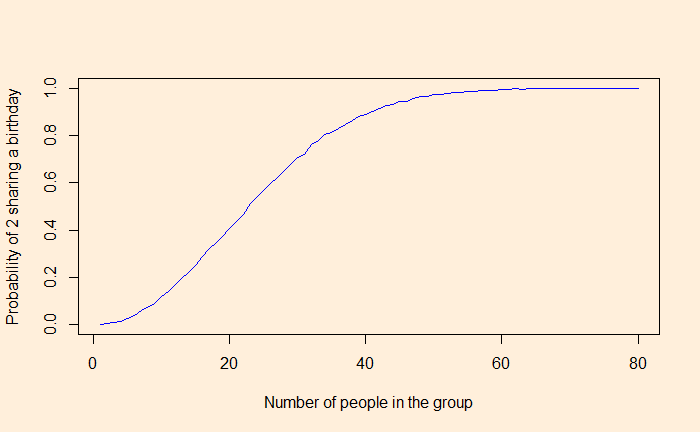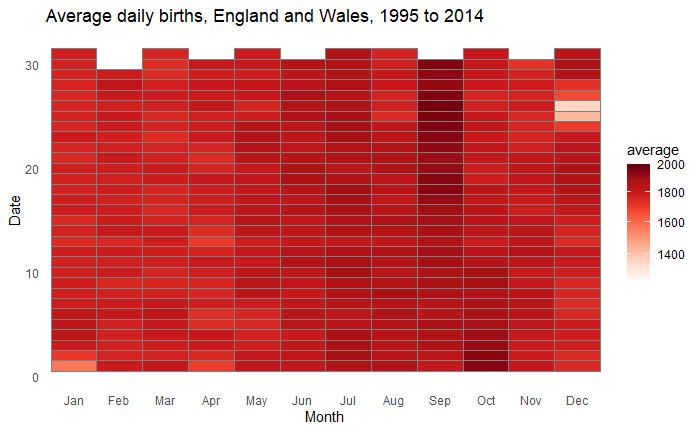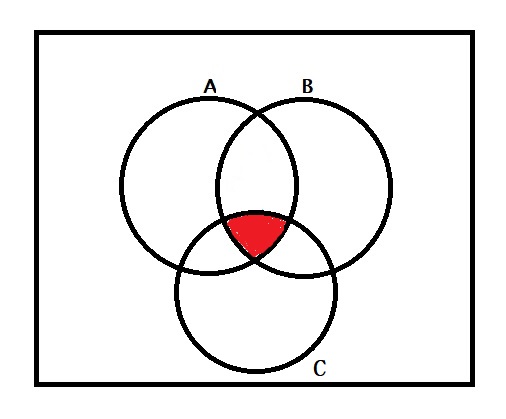The Betting Equation
In his book, The Ten Equations that Rule the World, David Sumpter discusses how he could create an ‘edge’ in betting. The term edge refers to the advantage a bettor wants to develop over the bookmaker. Let’s understand Sumpter’s first equation that runs the world.
![]()
Before getting into the details, let’s recall how odds are specified in (UK) style betting. It communicates the profit in the form of a/b (a-to-b). It means your profit is (a/b) x wagered amount. The bookmaker’s probability associated with winning an a/b bet is:
![]()
Notice that the equation represents fair probability, which does not hold in real life. Substitute x with a/b; you will notice the similarity with the earlier equation.
![]()
From several years of betting data, Sumpter concludes that the bookmaker’s probability underestimates strong favourites and overestimates weak favourites. He adds alpha and beta to compensate for this behaviour, which also becomes the ‘edge’.
Let’s illustrate how this edge develops. Suppose the odds are 1/3 (1 to 3). The probability of the favourite winning, as per the bookmaker, is:
P = 1/(1+1/3) = 0.75
The expected payoff (on betting a dollar) is 0.75 x (1/3) – 0.25 x 1 = 0.
Now, use the modified equation with alpha = 1.16 and beta = 1.25, which Sumpter estimated by regressing historical data.
P = 1/(1+1.16 x (1/3)1.25) = 0.77
The expected payoff is 0.77 x (1/3) – 0.23 x 1 = 0.027 or a 2.7% edge!
The Betting Equation Read More »




